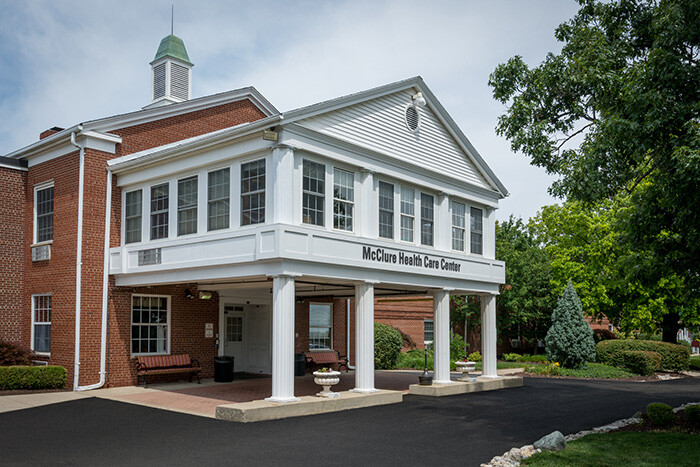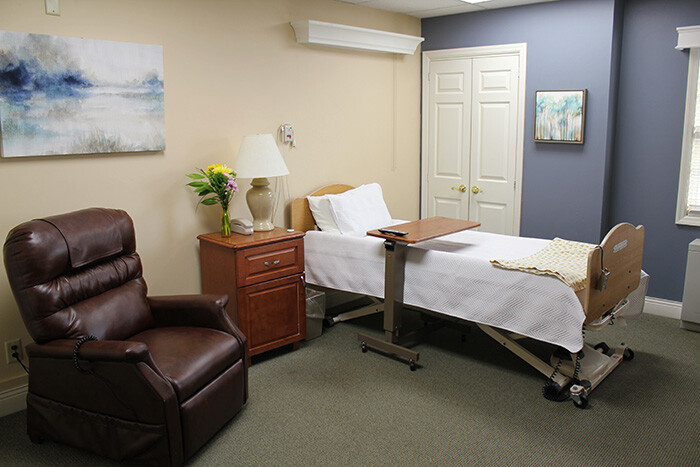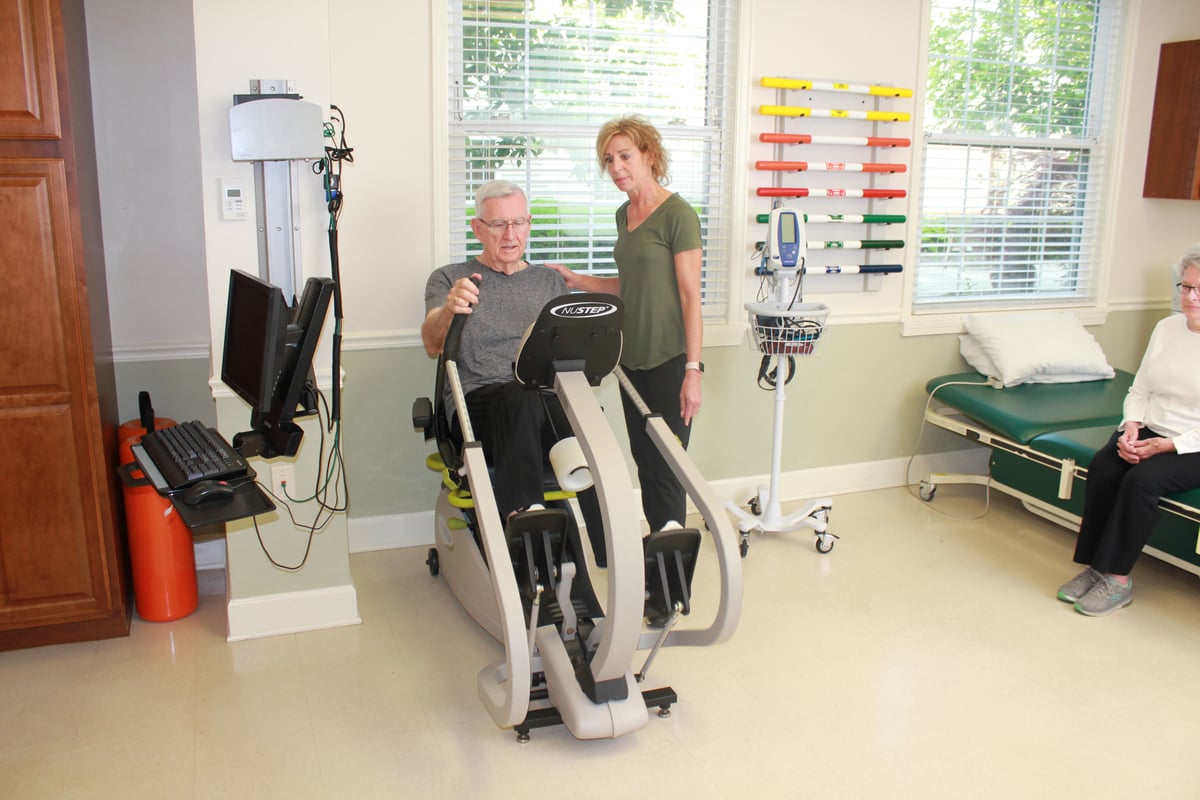Memory Care
The Grace Center is the home of our memory care program and is designed to be less overwhelming for residents, while allowing as much personal freedom as possible. Private apartments, as well as intimate dining and living areas, provide for a relaxing and comfortable setting.
Ohio Living is working to transform memory care across its service lines through the implementation of industry-leading, holistic approaches like The Heartstone Institute's I'm Still Here® program. I'm Still Here® leverages environmental adaptations, specialized communication techniques, staff training and life enrichment programs to focus on engagement for people experiencing all levels and types of dementia.

Within our Memory Care Centers of Excellence, employees undergo innovative memory care training in order to extend the highest quality of teamwork-oriented care within specialized environments that cater to people living with dementia. As more robust research emerges about brain health and best practices in dementia care, our teams are equipped with relevant training and resources to help patients manage dementia behaviors and remain as independent as possible. Thoughtful safety protocols like facility layouts that minimize confusion and the promotion of calming therapies to reduce agitation are also top-of-mind.
Tailor-made activities and amenities, like outdoor gardens, also enhance the memory care patient experience. Our memory care areas utilize Behavior-Based Ergonomics Therapy (BBET), which consists of four therapies customized to each individual resident's interests and capabilities, as a complement to group activities: music therapy, video therapy, stimulating therapy and memory prop therapy. Lucynt, an interactive gaming experience, is another active engagement measure our teams use to encourage movement and provide cognitive stimulation.
Sample Floorplans
Apartment home features:
- Pre-wired for telephone and cable TV
- Emergency call system
- Private closet and dresser
- Sink with vanity
Your monthly fee includes:
- 24-hour nursing care
- 24-hour security
- Assistance with bathing and/or dressing
- Daily nutritious meals and snacks
- Housekeeping services
- Personal laundry service
- All utilities except telephone
- Basic cable TV
- Social, recreational and spiritual programming
- Secured courtyard and garden
- Social service support
- Personal shopper
- Massage therapy
- Gift shop
For an additional fee:
- Ohio Living Home Health & Hospice
- Transportation to appointments
- Physician services
- Pharmacy services
- Physical, occupational and speech therapies
- Optometrist/ Ophthalmologist
- Podiatry services
- Dental care
- Professional beauty/barber shop
Ensuring inclusive holiday gatherings
Family comes in all shapes and sizes, and whether you’re hosting or attending a family gathering, it’s important to prioritize inclusion so everyone feels welcome. A phrase used in our “I’m Still Here” approach to memory care encourages that “there is no one right way to have a family visit.”
Here are some best practices to keep in mind this holiday season when relating to family members or friends who may be living with dementia.
Prepare for the visit: As you prepare for the visit, choose to focus on the positive, and try not to bring the day’s baggage or holiday stresses along with you. To spark conversation, consider bringing along tangible items you can share and discuss. If your loved one has trouble communicating verbally (or is unable to do so), do something task oriented.
With other family members and friends, be sure to explain successful communication techniques and ask everyone to introduce themselves. Do not ignore the disease, and explain Alzheimer’s to children, so they can support a welcoming environment. Lastly, if someone offers to help, say “yes” – many hands make light work.
Keep stimulus to a minimum and consider doing an activity during your visit: Small, intimate gatherings are helpful for people living with dementia. As best you can, try to minimize loud music and unfamiliar loud noises (video games, children’s toys) to avoid confusion, distraction or over stimulus. Giving your loved one something to hold and/or a choice of an activity can also be an engaging way to connect with them during a visit. Be sure to demonstrate when providing activity instructions and don’t worry about doing it “correctly.”
Brush up on helpful communication techniques: Above all, treat your loved one with dignity and respect. Speak slowly and distinctly, approaching from the front and making steady eye contact. Ask one question at a time and provide ample time for them to process the information. Try not to “test” by asking things like “Do you remember?” Non-verbal communication including smiles and hugs are also effective and meaningful elements to incorporate.



